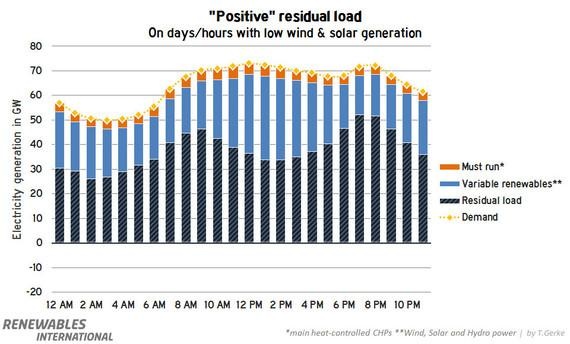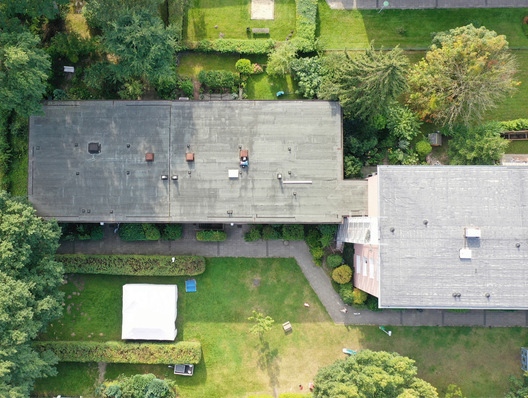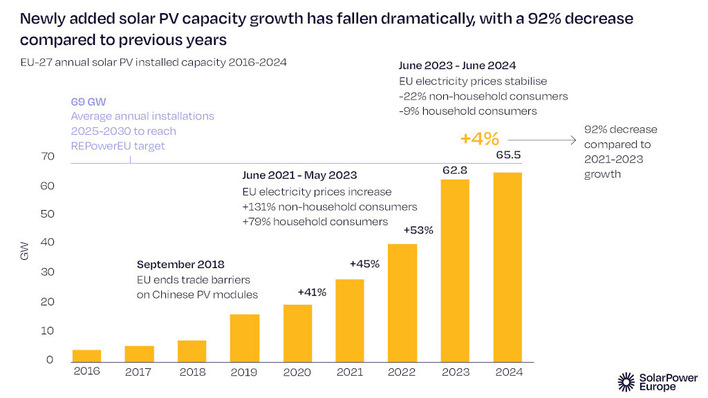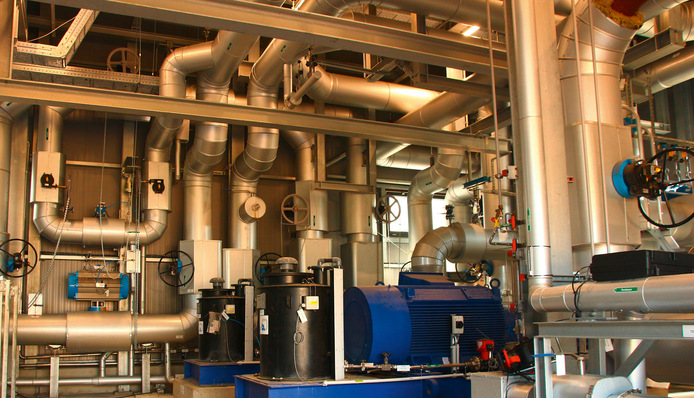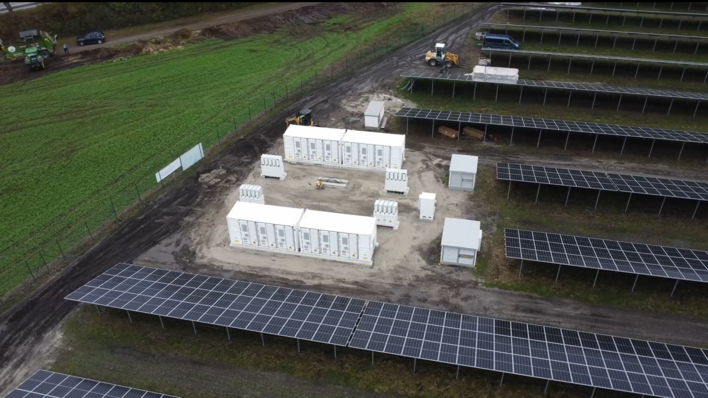The residual load is what is left after substracting those generators who have to produce electricity ("must run") and those that generate with (almost) no marginal costs (variable renewables like wind, solar and hydro).
Today “must run” load includes huge centralized conventional power plants that provide grid services, like voltage stabilization etc. It’s however technically possible to provide all required grid services with renewables (see Kombikraftwerk I amp; II) in a more flexible way, that doesn't clog the grid. Future "must run" will mainly consist of CHPs, for example to provide industrial process heat. In addition future "must run" load would also include on demand EV charging or demand for heat pumps, in case that thermal storage is almost exhausted at times of renewable generation.
Positive residual load
Whenever renewables like wind and solar produce less electricity than the current demand, the residual load is thus "positive". This is (still) the typical day-to-day reality of our current electricity supply. How can it be covered?
- Ramp up dispatch able power plants
- Reducing the load with demand response
- Discharge stored energy (from pumped hydro, batteries, …)
- Import electricity
Negative residual load
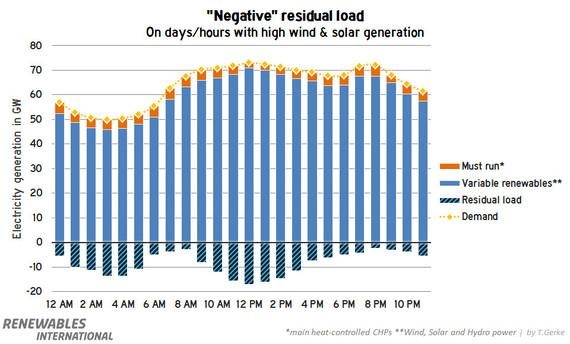
When variable renewables not only cover the conventional electricity demand, but also provide a surplus, this represents a "negative residual load". The far interesting question that arises is: How to utilize that surplus electric energy?
- Ramp up “responsive demand” (like charging EVs or heat pumps)
- Charge electrical storage systems (pumped storage, batteries, …)
- Convert it into chemical energy (Power to gas)
- Export the electricity
Despite recent solar and wind records, Germany has until now never actually generated a surplus of renewable electricity. However if wind amp; solar continue to be installed at a respectable rate, we will soon see the day. Possibly even as early as 2020, if a stormy winter night and low night time demand coincide. (Thomas Gerke)

